Medical Design Trends for 2025: The Perfect Blend of Technology and Humanity
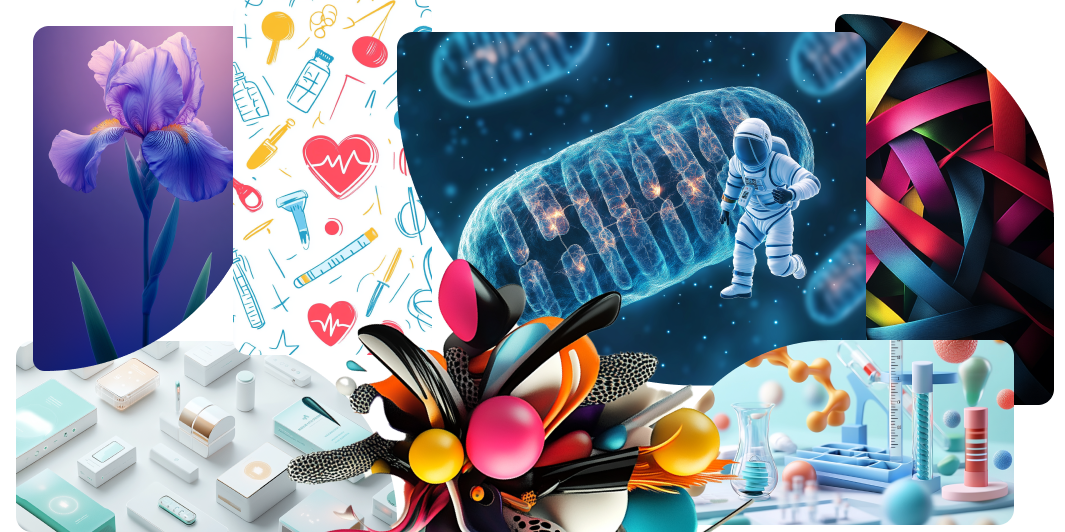
Table of contents
The world of medical design is evolving at an extraordinary pace, and at the heart of this transformation is artificial intelligence.
It becoming a powerful driver of trends, from pharmaceutical packaging to promotional materials, AI is reshaping both traditional methods and pioneering fresh, innovative directions. For example, AI-powered data analysis technologies allow for a deeper understanding of target audience needs, optimising visual concepts, and increasing the relevance of communications.
The incredible popularity of AI techniques, coupled with a growing fatigue from AI-generated graphics, has led to the development of two distinct yet complementary movements: hyper-realistic generative imagery and handcrafted, organic design with a "human touch".
Simultaneously, fundamental principles such as clarity of message, emotional connection, and adherence to regulatory requirements remain unchanged. Now, however, they are enriched by the boundless potential of the digital age.
3D Design:
From Primitive to Breathtakingly Complex
Today, 3D graphics encompass a wide range of styles and micro-trends, offering a vast spectrum of styles that inject freshness into what has traditionally been a rigid and highly regulated field.
At one end of the spectrum, there’s hyper-realistic scientific 3D modelling, used for precise scientific visualisations, bringing molecular structures, anatomical details, and pharmaceutical mechanisms to life. At the other end, we see more playful, abstract compositions, including generative art objects, typographic innovations, and experiments with textures. Simplified, cartoonish, emoji-inspired, and deliberately simplistic 3D designs are also gaining popularity, making medical communication more accessible and engaging.
As AI-generated graphics become more common, brands are daring to explore unconventional and even quirky 3D solutions, sometimes leading to fascinating results.
Noteworthy Examples:
“Waiting to Live”, a social campaign highlighting the real-life stories of children awaiting organ transplants:
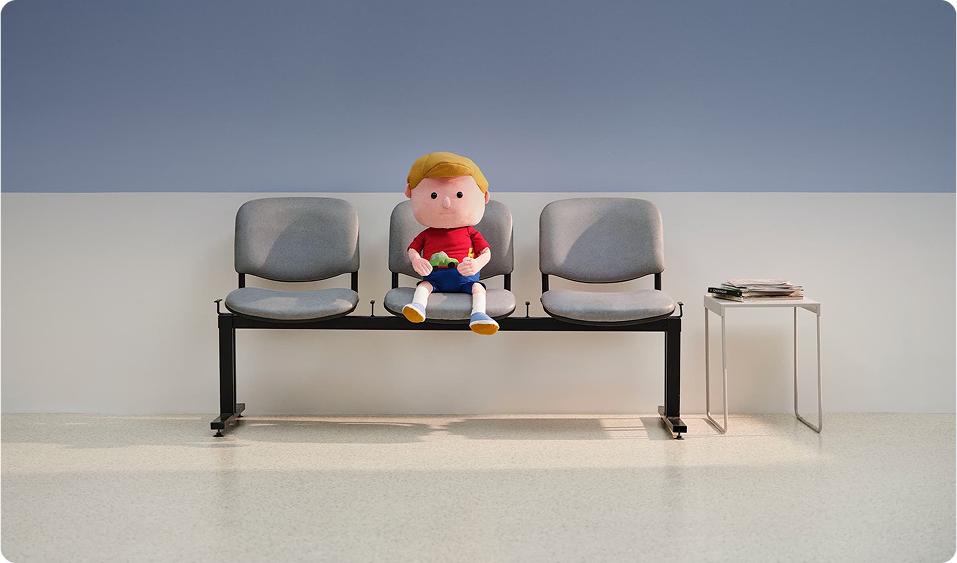
An interactive website for an intensive serum, recognised as one of TIME’s Best Inventions of 2024:

The digital presence of biotech innovator Isomorphic Labs:

A stunning 3D video created by Mondlicht Studios for medical and healthcare R&D:
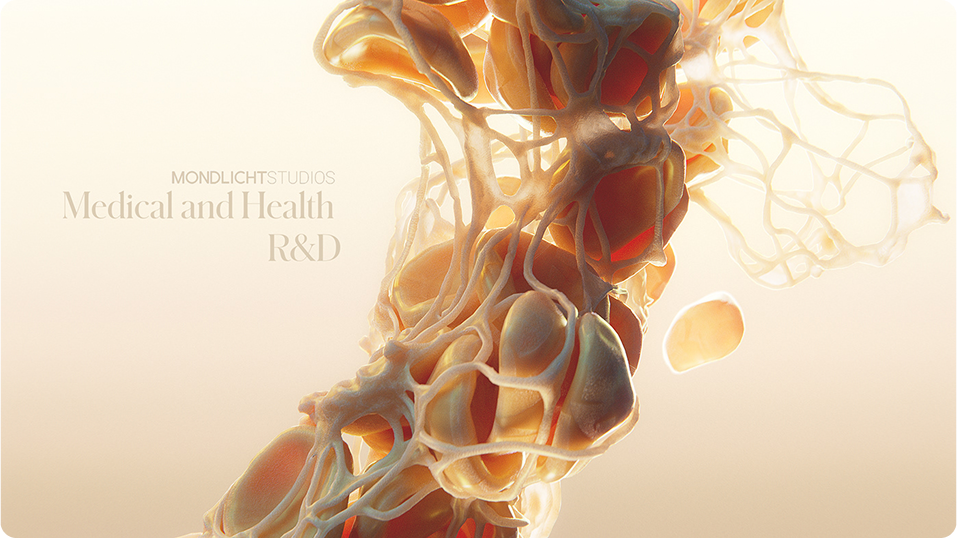
Illustrations:
A Return to the Handmade
In response to the ultra-polished precision of AI-generated imagery, handcrafted illustrations are making a strong comeback. Watercolours, intricate collages, and appliqués lend a unique visual voice, reinforcing the importance of authenticity in medical design.
Hand-drawn elements inject warmth, energy, and personality - qualities that are essential when communicating in healthcare. By incorporating these techniques, pharma brands can develop deeper emotional connections with their audiences, adding a layer of humanity that digital perfection often lacks.
Interestingly, in an effort to stand out from the perfection of AI, handmade techniques are becoming more diverse, elaborate, imperfect, and even quirky. AI-generated projects are often enhanced by illustrators to add a handcrafted touch.
Noteworthy Examples:
Playful, comforting illustrations for pediatric medications:
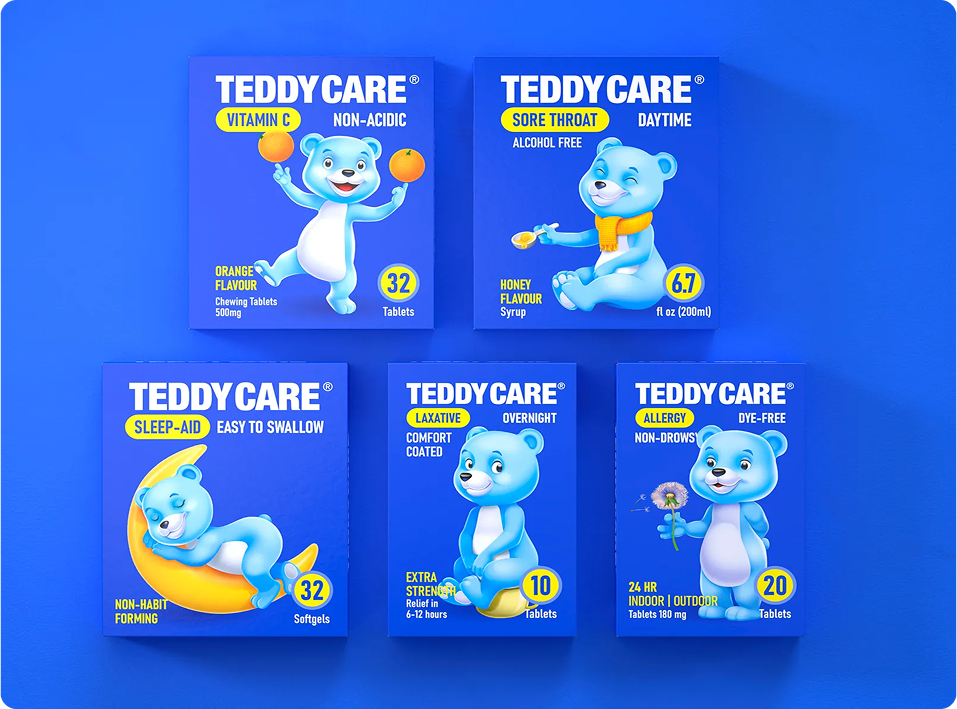
A diagnostic tampon recognised as one of TIME’s Best Inventions of 2024:
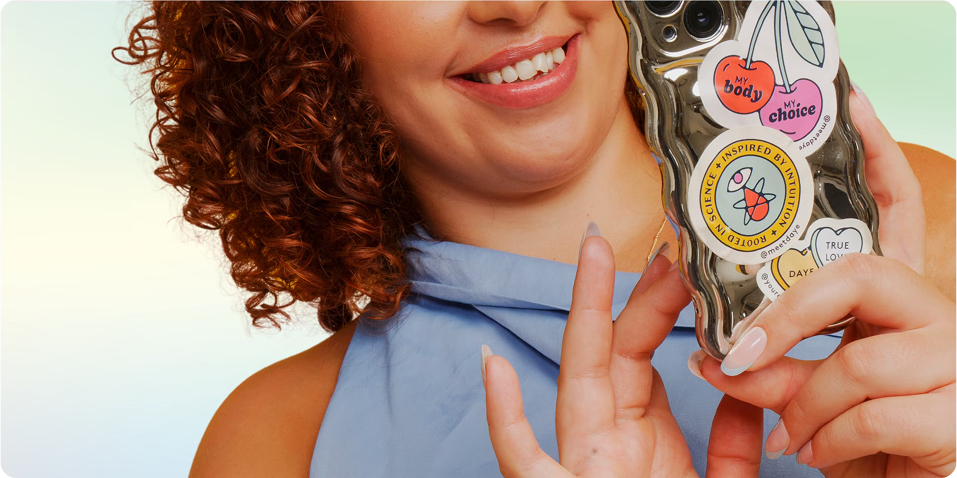
Artful, inviting vitamin packaging with a handcrafted aesthetic:
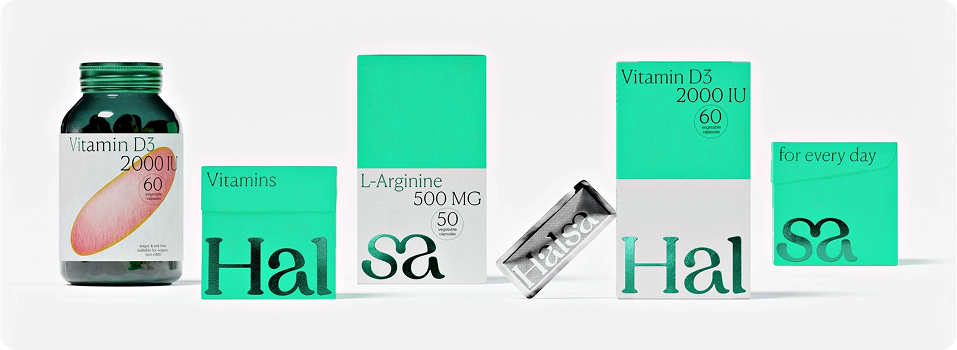
Bold and Bright:
The Era of Saturation
2025 sees a move away from the restrained colour palettes of previous years, with vibrant palettes, rich textures, dynamic shapes, and layered tones blending the best of technology with human emotion, striking a balance between professional depth and creativity.
What’s changed? The pharmaceutical industry often leans towards minimalism and neutrality, consumers are increasingly drawn to bold, pops of colour that convey innovation, vitality, and optimism.
This evolving trend aligns with consumers' desires not just to improve their health but to feel energised and uplifted. Fresh, distinctive, and unique styles dominate, while still maintaining scientific accuracy and proven effectiveness.
Noteworthy Examples:
A dynamic data-sharing platform for medical professionals:

Brightly coloured Vitamin gummies designed to boost wellness and energy:
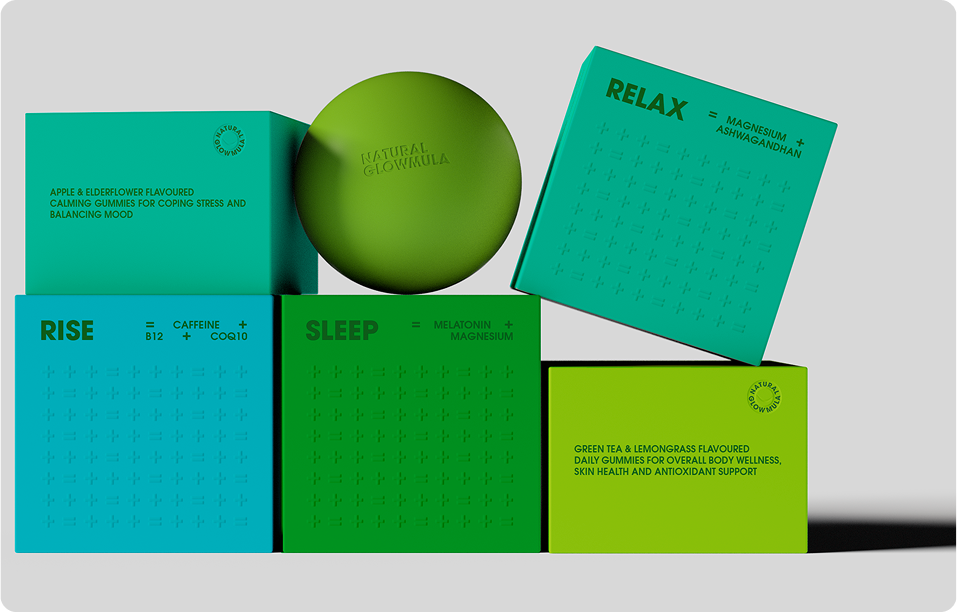
Minimalist Practicality:
A Warmer Approach to Simplicity
Minimalism remains a cornerstone of medical design. At the core of this classic medical design trend are clean lines and shapes, simple compositional structures, and clear informational hierarchy. Like other long-standing trends, its evolving, compositions are now incorporating subtle gradients, textures, and local colour accents (often blue, green, or fuchsia).
This new iteration of minimalism introduces decorative elements without excessive meaning, making designs feel more inviting without losing their professional edge. It also offers opportunities to stand out from competitors through accent elements.
It’s worth noting that the simplicity of packaging is often balanced by the vibrancy of promotional materials, creating striking contrasts.
Noteworthy Examples:
Elegant, minimalist packaging for natural cosmetics, enriched with handcrafted interior details:

A stress-relieving breathing trainer, recognised as one of TIME’s Best Inventions of 2024:

Melatonin supplement packaging that balances simplicity with a distinctive, warm aesthetic:
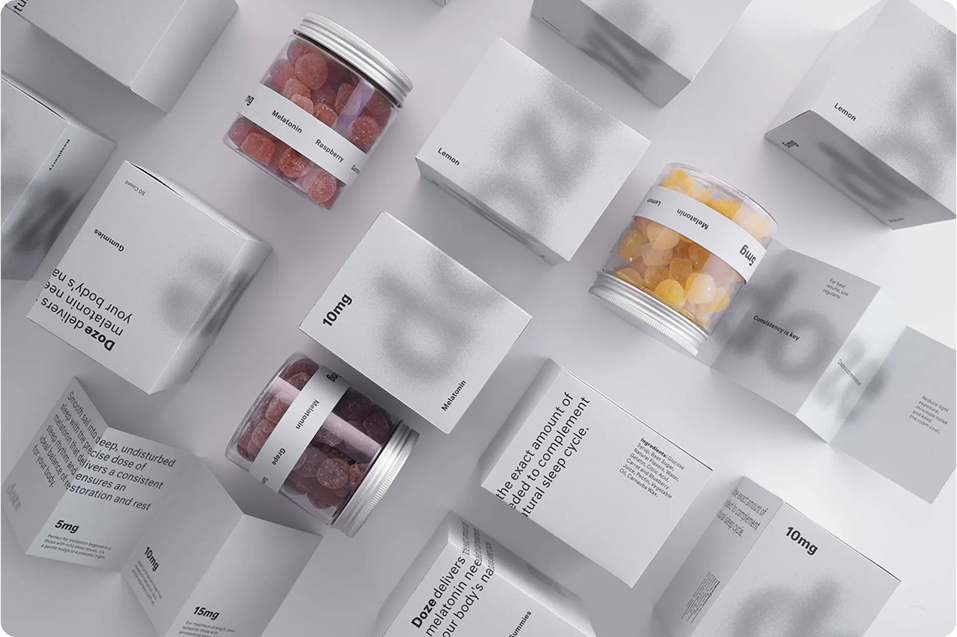
Sustainability:
Nature-Inspired Design for a Healthier Future
Sustainability is no longer just a buzzword - it’s a guiding philosophy. Design in 2025 continues to draw inspiration from natural motifs and ecological principles. Dusty, soft pastel tones; bright yet comfortable natural combinations; and familiar, soothing colours evoke subconscious feelings of comfort.
Every detail carries meaning: from textures reminiscent of wood and stone to colour schemes based on earth, water, and flora. This is not just a decorative trend but a philosophy that permeates all aspects of visual design.
This approach resonates particularly well in medical design, where conveying purity and a healthy lifestyle is crucial. Using elements closely associated with nature helps create a calming and trustworthy atmosphere.
Noteworthy Examples:
Anesthesia OnCall, a project embracing nature-inspired medical design:
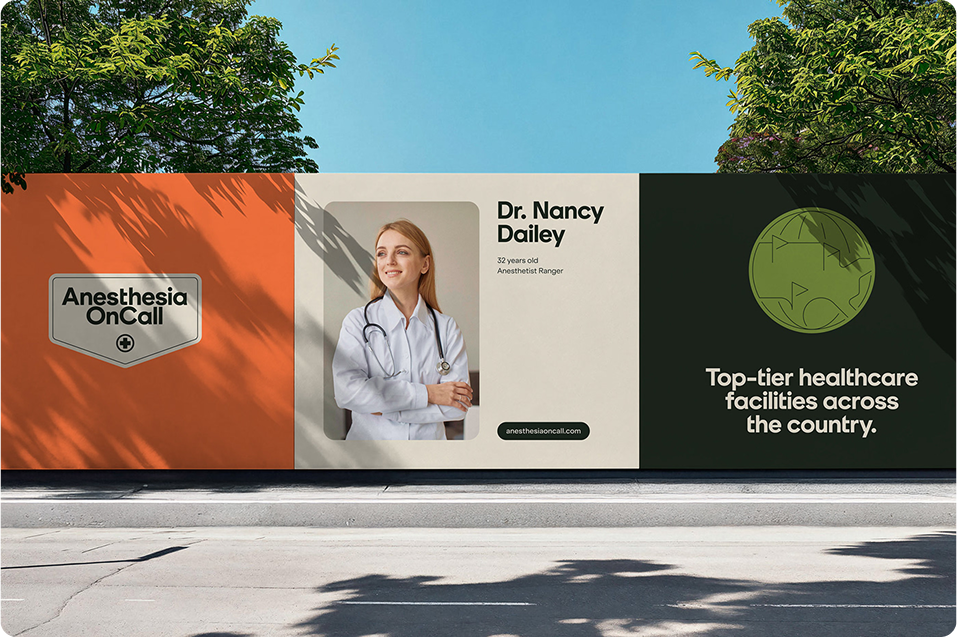
A supportive resource for families with autistic children:
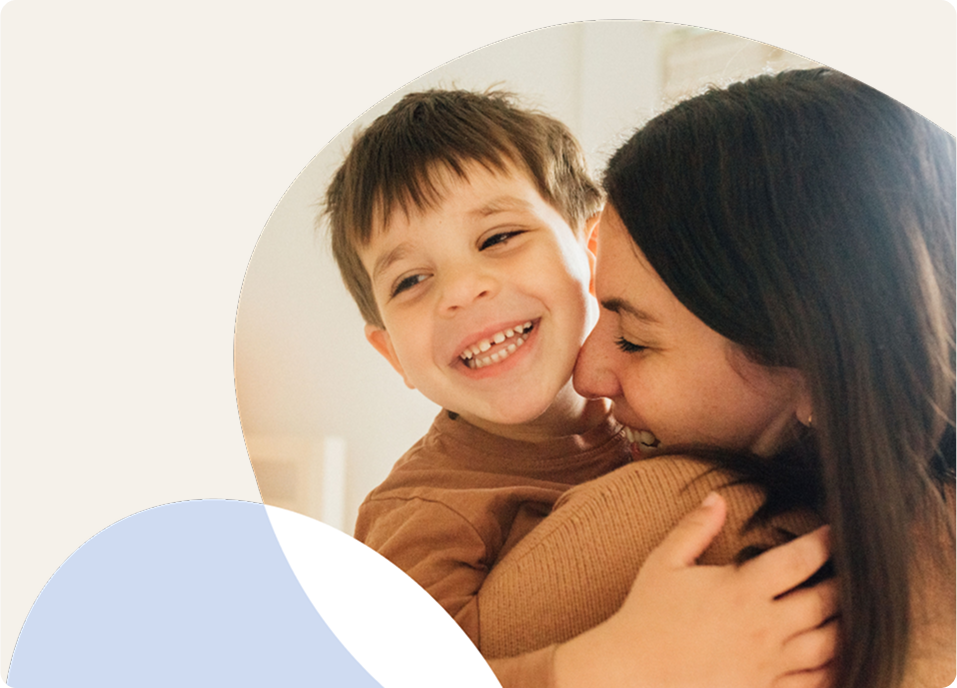
A natural cosmetics brand rooted in organic principles:
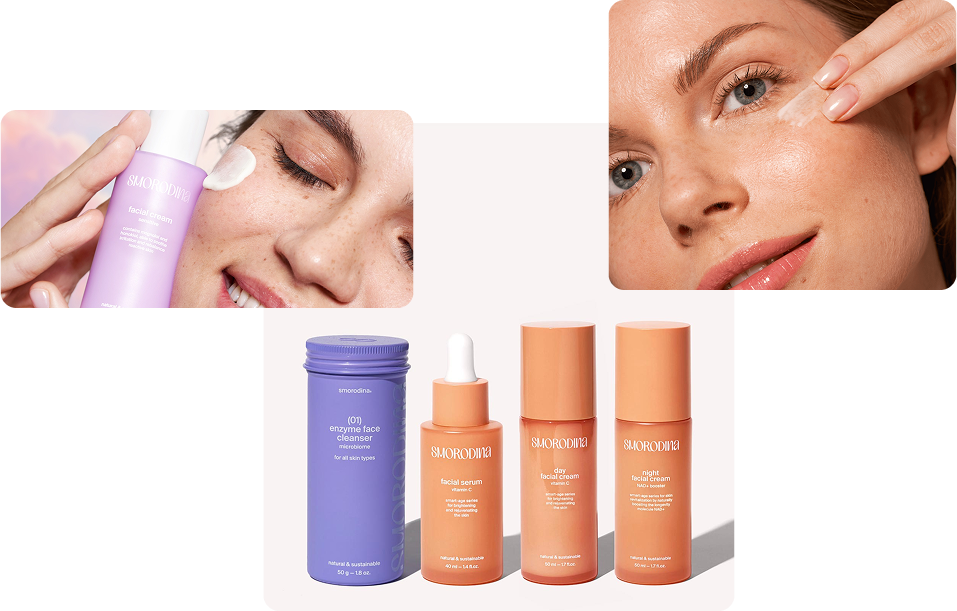
Infographics:
Making Medical Data More Engaging
Infographics are evolving beyond static visuals into more interactive, dynamic storytelling tools. Whether it’s 3D visualisations of biological processes (allowing users to control viewing angles and levels of detail) or AI-generated images (enabling the integration of animated elements that demonstrate cellular-level dynamics in real time), modern medical infographics offer a personalised, immersive experience.
Storytelling, handcrafted elements, and experimental design approaches are breathing new life into this field, moving away from traditional vector graphics towards richer, more engaging representations.
Noteworthy Examples:
A collaborative plat form for COVID-19 research:

A visually stunning infographic illustrating the science of photosynthesis:

Final Thoughts:
The Future of Medical Design
Many of last year’s trends remain relevant but have evolved in response to AI’s growing influence. Minimalism has softened through the introduction of more nuanced textures and colour palettes, while infographics have become increasingly interactive and tailored to user needs.
Above all, 2025 is about deepening the connection between brands and their audiences. It’s the human touch (be it through handcrafted illustrations, vibrant colour choices, or sustainable design) that truly makes an impact – with AI playing a key role.
Medical design has never been more dynamic. The future is a blend of precision and warmth, technology and humanity. And in this balance, innovation thrives.
Сontact
Hello Vivanti, I would like to discuss a project idea with you.
Get involved
From ideas to impact —
let’s collaborate.
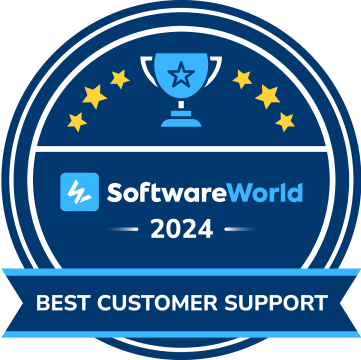
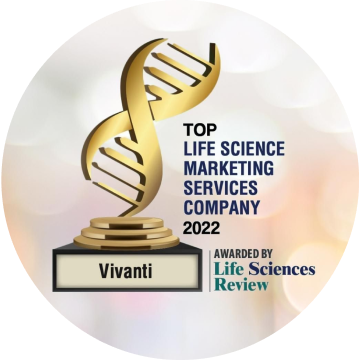
United States
United Kingdom
European Union